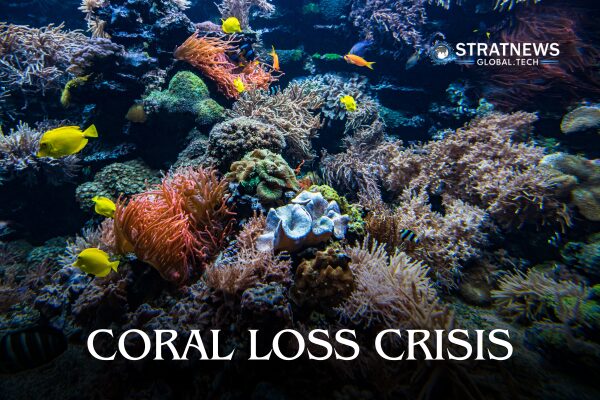Coral Cover on Great Barrier Reef Sees Record Drop After Major Bleaching Event
Australia’s Great Barrier Reef has recorded its biggest drop in coral cover in nearly four decades, according to new research. The decline affected two of the reef’s three regions and follows one of the worst coral bleaching events on record.
Northern and Southern Reef Areas Hit Hardest
The Australian Institute of Marine Sciences (AIMS) reported that the northern and southern parts of the reef saw the largest annual drop in coral cover since monitoring began 39 years ago. After several years of steady growth, coral cover in these regions fell by 25% to 33%.
Mike Emslie, who leads the institute’s long-term monitoring programme, said the reef is showing signs of increasing instability. “We are now seeing increased volatility in the levels of hard coral cover,” he explained. “This is a phenomenon that emerged over the last 15 years and points to an ecosystem under stress.”
Mass Bleaching Worsens Reef Conditions
The Great Barrier Reef, which stretches 2,400 kilometres off Queensland’s coast, is the world’s largest living ecosystem. Since 2016, it has experienced five summers of mass coral bleaching. Bleaching occurs when high ocean temperatures cause corals to lose their colour and become more vulnerable to death.
The 2024 bleaching event affected all three reef regions and had the largest footprint ever recorded. According to the report, bleaching was rated as high to extreme throughout the entire reef system.
Concerns Rise Over Heritage Status and Economy
Despite the damage, the reef is not currently listed as a world heritage site in danger. However, the United Nations continues to recommend its inclusion. The Australian government has pushed back against this, fearing that a downgrade in status could harm tourism.
The Great Barrier Reef contributes an estimated A$6.4 billion (US$4.2 billion) to Australia’s economy each year, making it a vital natural and economic asset.
with inputs from Reuters


